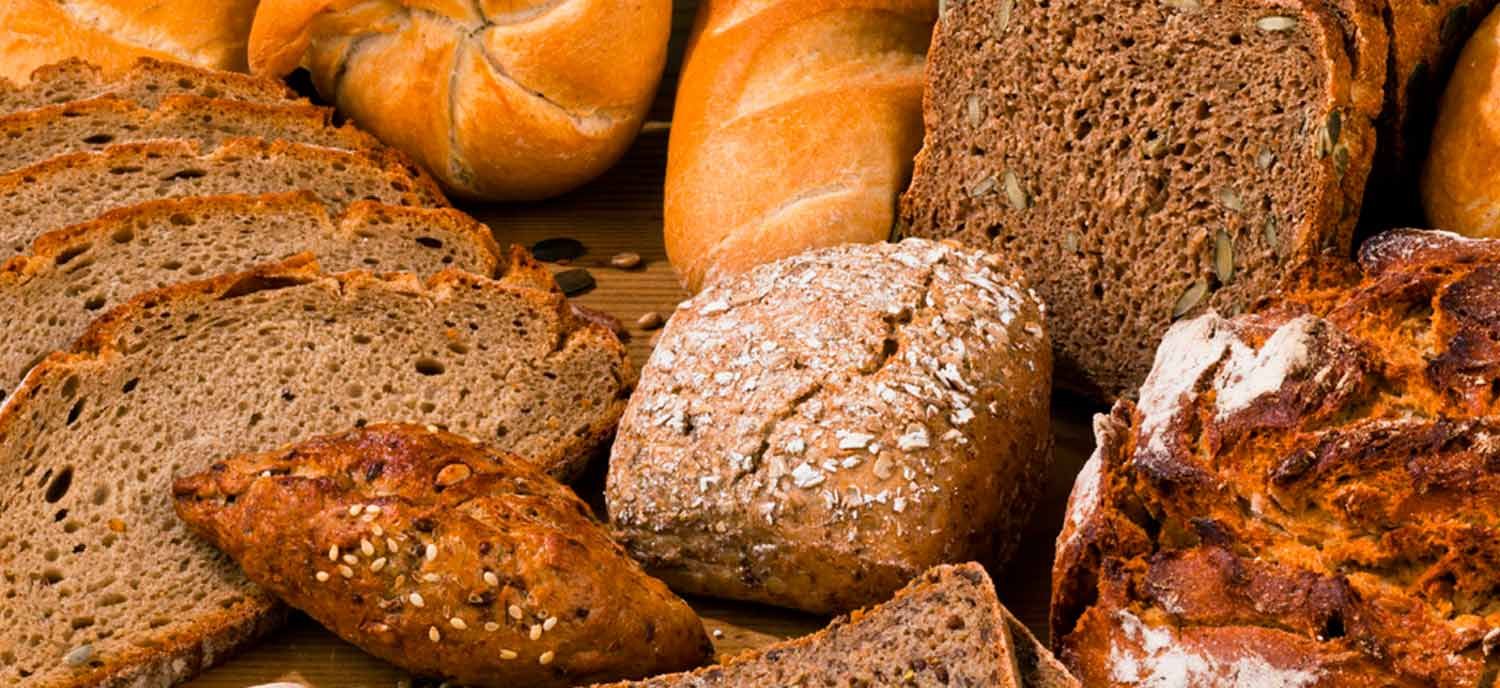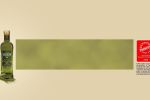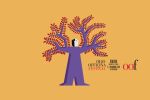18 May 2015
Everyone thinks they know how to make bread: water, yeast and flour. But in reality it’s not so simple. For example, to make the perfect baguette you often need to use traditional techniques. Because in Italy, when we talk about taste, nothing is more modern than tradition. Bread is the richest food in terms of symbolism and the simplest by definition, and yet learning to blend the flours you need to create the best bread is not so simple.
You need time, experience, two hands and a special nose. All very similar attributes to someone we have met in the previous Art of Blending articles dedicated to oil, wine and whisky. Blending is also an art in the world of bread, requiring an expert, in this case, the master baker.
Unless you want to limit yourself to making run-of-the-mill bread, like the packaged industrial and characterless bread you find in many supermarkets, it is essential to make a good decision on which flour to use, or better still, how many flours to use. The decision rests with the master baker, who blends the flours to make the dough using experience which can only be gained on the job. This is because knowing every characteristic of the bread you make is not enough. You need to know every characteristic of the ingredients that are combined in the dough.
Let’s take Pane di Altamura from the southern Italian area of Altamura as an example, the first product to obtain D.O.P. (protected designation of origin) recognition in the bread and bakery products category. It is made from ground semolina produced from several varieties of durum wheat – appulo, arcangelo, duilio and simeto – all grown in the vicinity of Altamura. Another example of blending where the experience, craftsmanship and creativity of the master baker transform ingredients from the land into something which exceeds the sum of its parts.
Because when bread is made to perfection, with a perfectly balanced blend of ingredients and flours, every crumb can tell a story about taste, tradition and quality. And behind these masterpieces of taste, there is always a touch of art, the touch of an expert hand, which is nimble and strong at the same time. It is the unmistakable touch of the master baker kneading his work of art.






